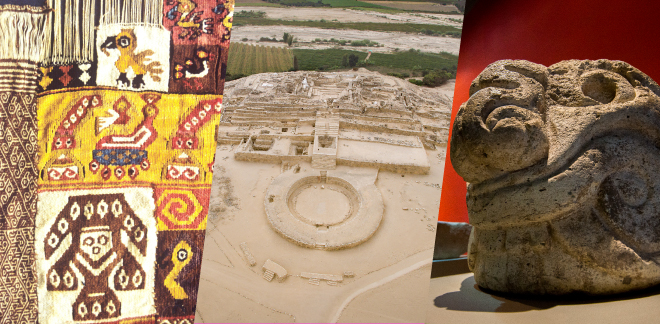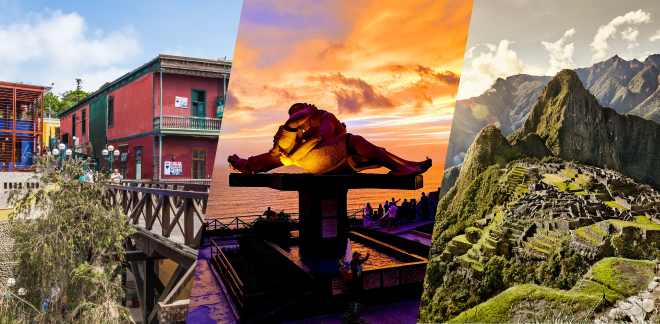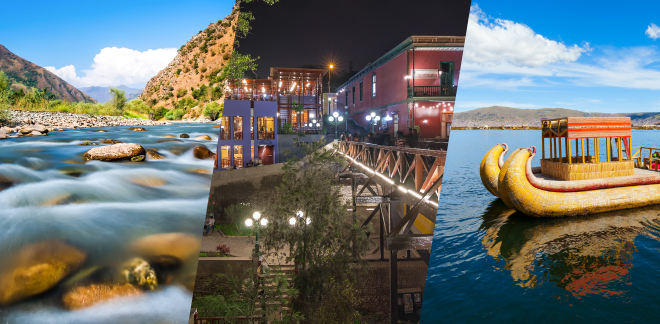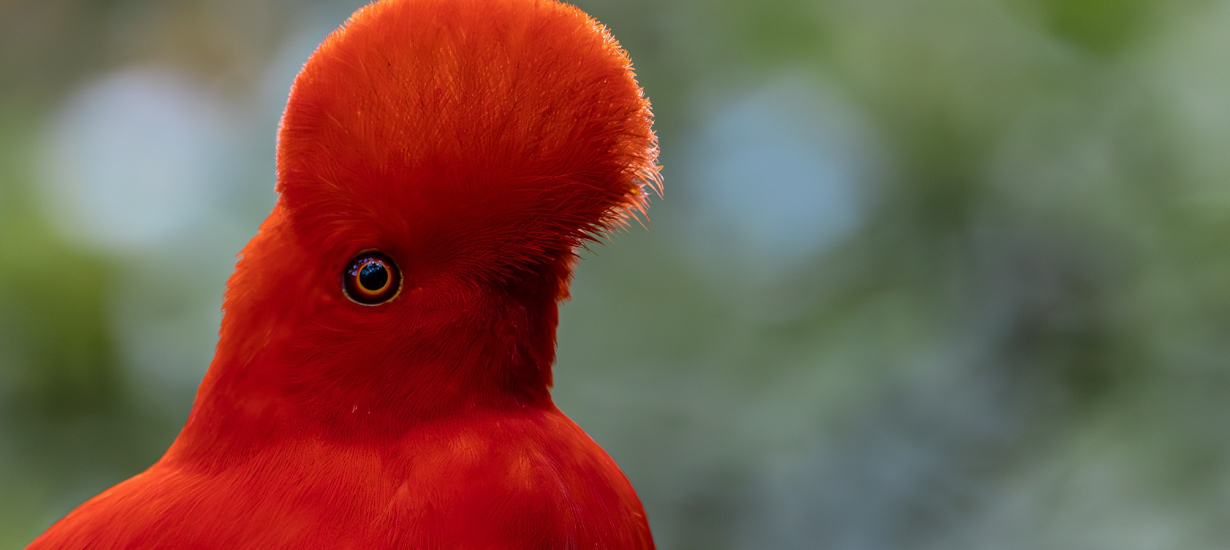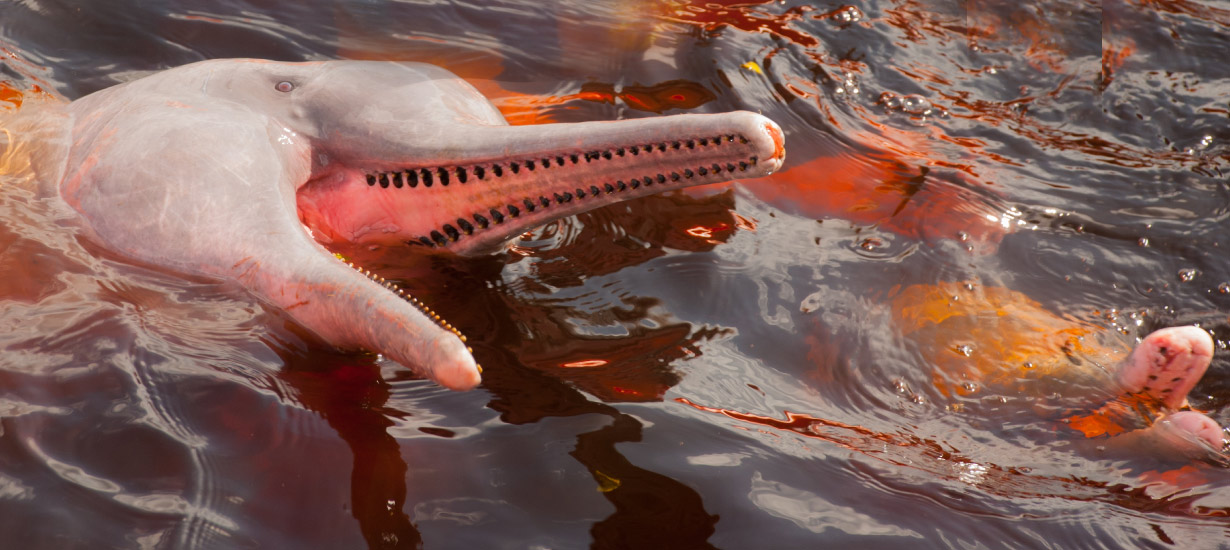Experience the Pacific whale-watching season
Síguenos en:Google News
These cetaceans steal the spotlight with their amazing movements whenever they are spotted.
Whale ahoy! This is the cry of excitement that many tourists exclaim when they travel to northern Peru, eager to observe humpback whales. From mid-July to the end of October, these magnificent creatures gather along the Peruvian coast as they migrate from Antarctica to reproduce and give birth to their calves.
This natural phenomenon offers a magical chance for nature enthusiasts, tourists (both local and international), and the public to witness the majestic movements of these incredible creatures in their natural environment.
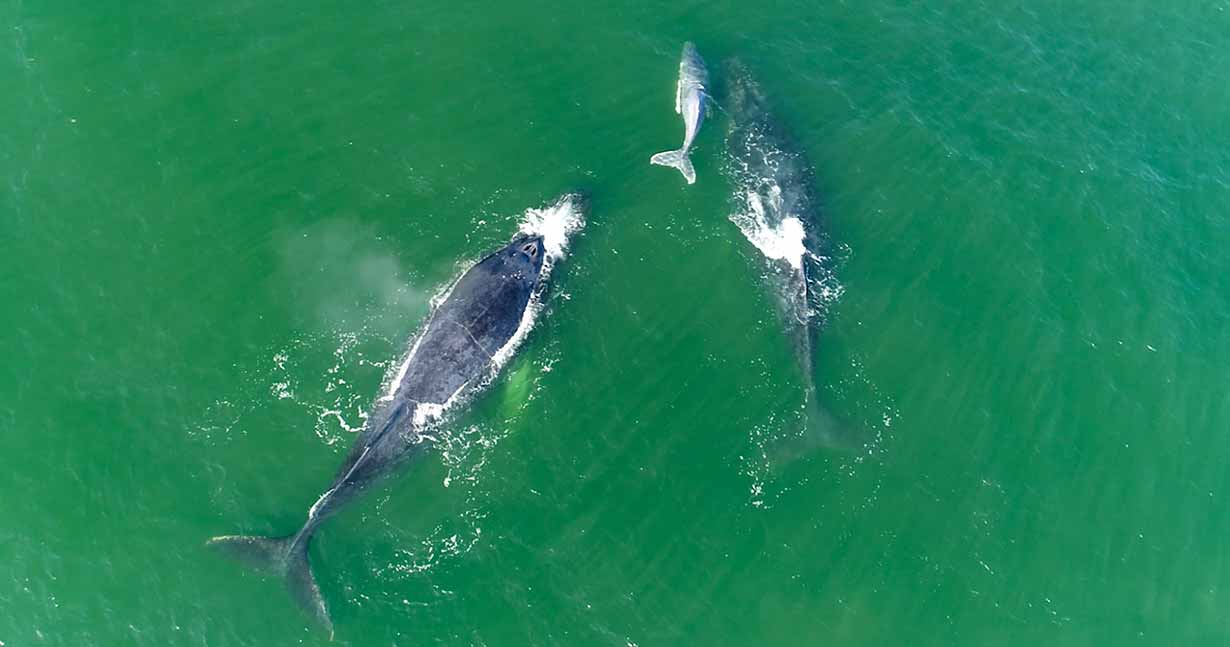 Photograph: Trailer Films / PROMPERU
Photograph: Trailer Films / PROMPERU
NATURAL EXPERIENCE
El Ñuro, Mancora, Cabo Blanco, Los Organos, and Punta Sal are the beaches where you can observe the whales jumping, moving, and even hear them in the depths.
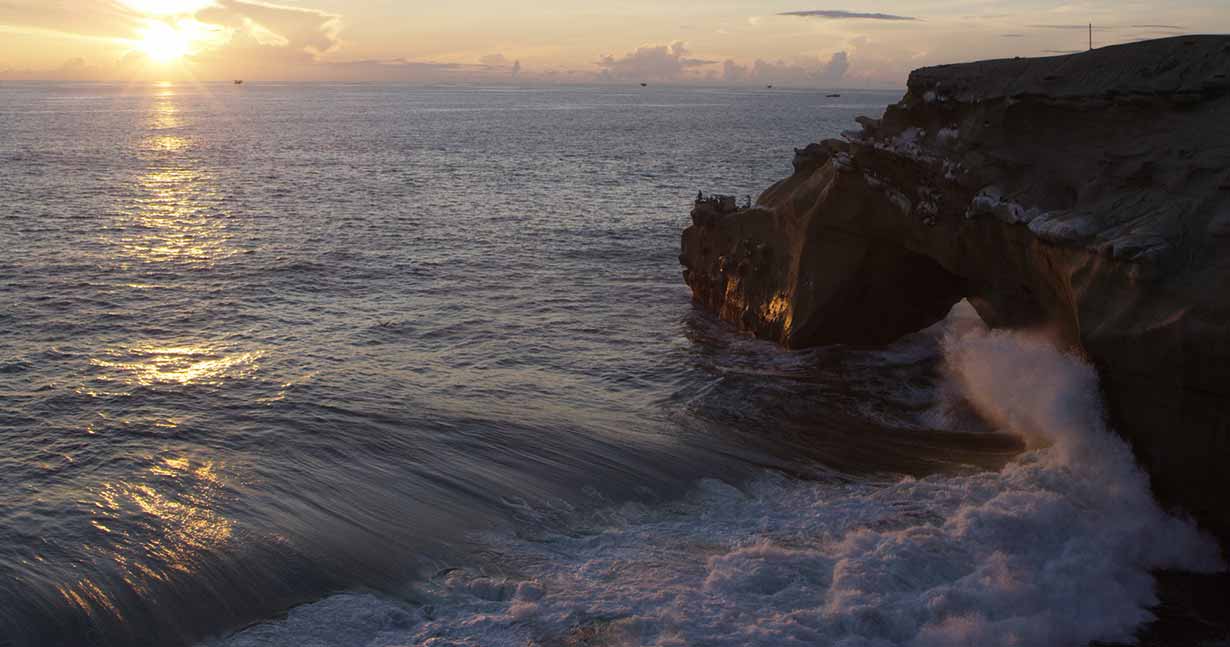 Photograph: Trailer Films / PROMPERU
Photograph: Trailer Films / PROMPERU
During this season, numerous tour agencies provide specialized tours for humpback whale-watching. These tours typically span from 3 to 4 hours and are led by experts who share insights into the behavior and features of humpback whales.
In the tour, you will receive information that will bring you closer to marine nature than ever before. Humpback whales are easily recognizable by their long pectoral fins, which can reach up to a third of their body length, and by the distinct hump that forms when they arch their back before diving.
Remember to follow the recommendations of the official tour guide, avoid standing in unauthorized areas of the boat, and do not lean over the edge. Always wear a life jacket and be patient while waiting to see the whales.
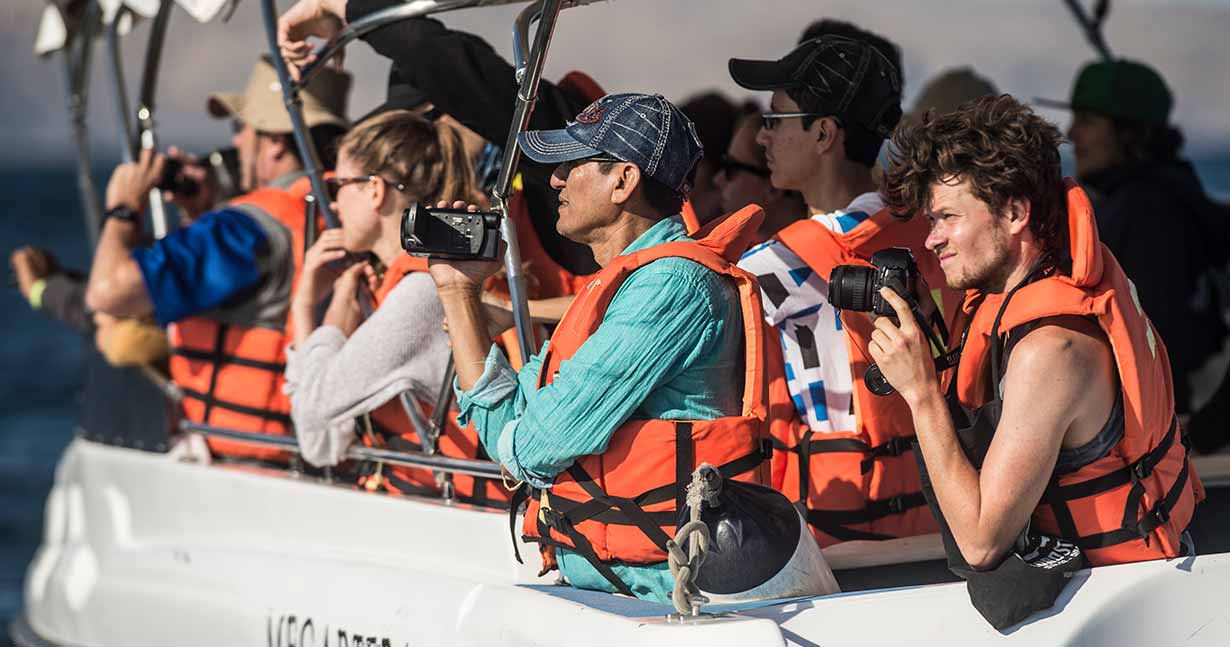 Photograph: PROMPERU
Photograph: PROMPERU
ECOTOURISM AND CONSERVATION
Humpback whales are a precious natural wonder along the Peruvian coasts, providing a breathtaking sight that draws tourists and scientists alike. Their yearly migration to Peru's temperate waters underscores the crucial need to conserve and protect our oceans, emphasizing responsible tourism and conservation efforts by everyone.
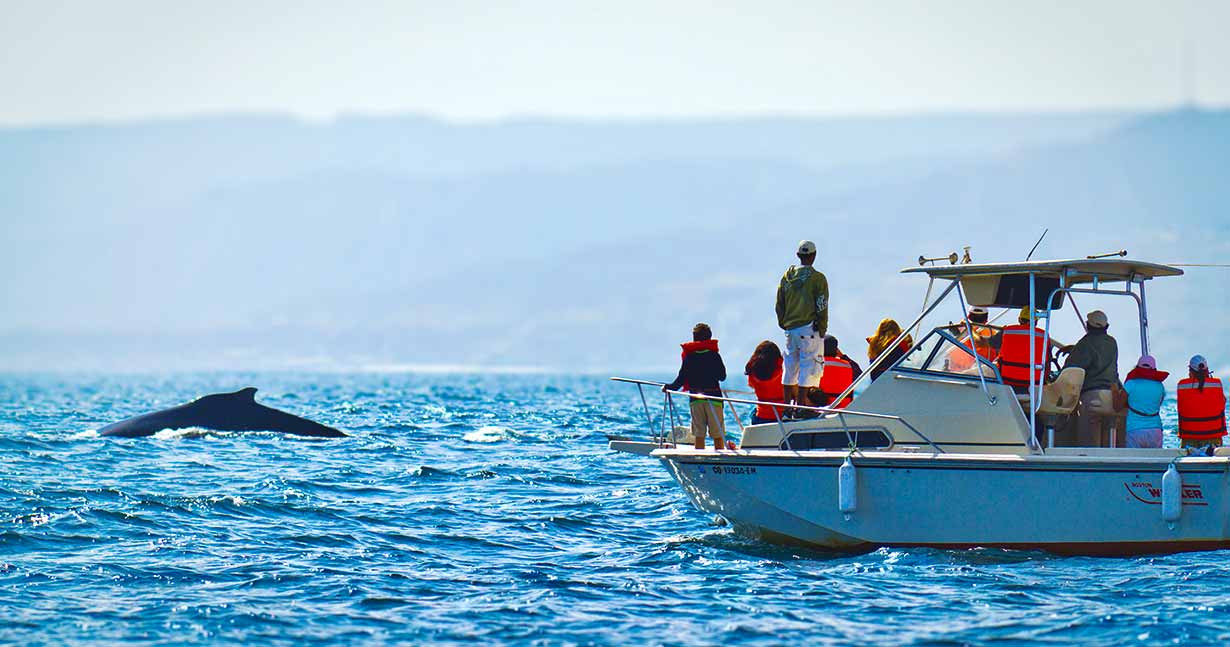 Photograph: Renzo Tasso / PROMPERU
Photograph: Renzo Tasso / PROMPERU
In 2019, the Peruvian Ministry of Production (PRODUCE) released a ministerial resolution outlining the minimum distances required when approaching marine cetaceans to aid in their conservation efforts. These distances are specified as follows:
- Keep a distance of 50 meters from smaller cetaceans.
- Maintain a distance of 100 meters from cetaceans longer than 5 meters.
- Stay 150 meters away from smaller cetaceans engaged in feeding or socializing.
- Maintain a distance of 300 meters from cetaceans longer than 5 meters engaged in feeding or socializing.
Furthermore, it is crucial to consider that the boats used for these tours must be thoroughly designed to ensure passenger safety and minimize their impact on the animals.
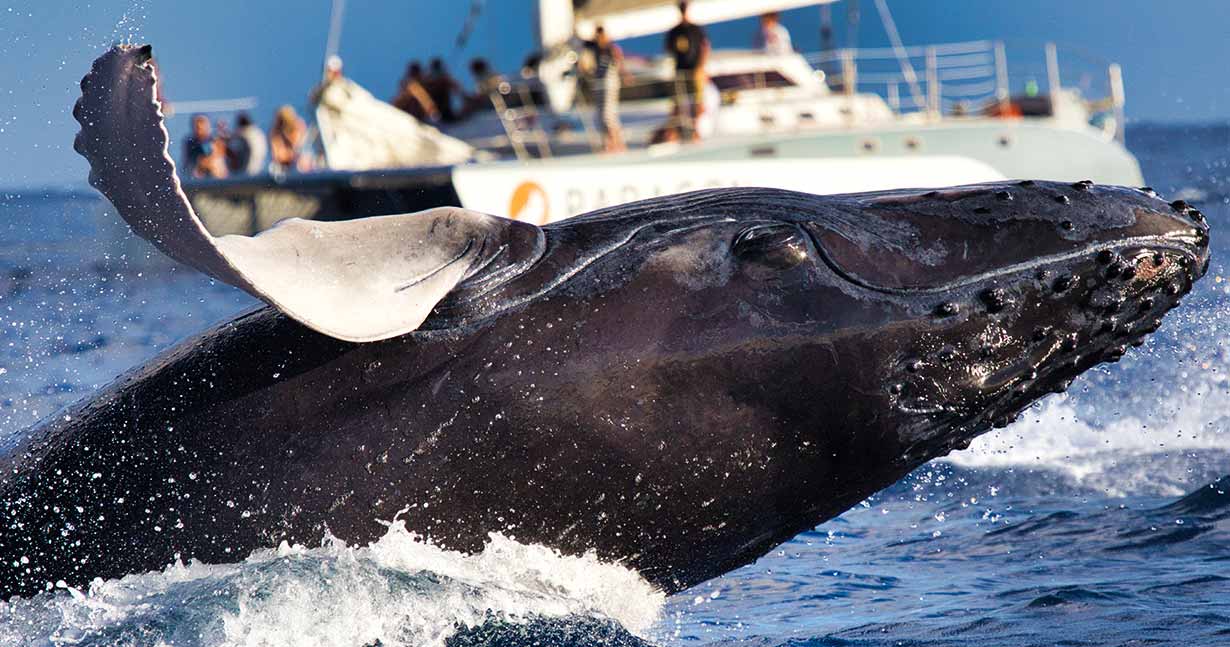 Photograph: Shutterstock
Photograph: Shutterstock
FUN FACT
The Commission for the Promotion of Peru for Exports and Tourism (PROMPERU), along with officials from Piura and Tumbes regions, have announced the beginning of humpback whale watching season on the northern beaches of Peru.
Humpback whale watching is not just a tourist activity; it is also a chance to educate and conserve these amazing creatures. Many tours include marine biologists and experts who teach visitors about the crucial need to protect whales and their habitats. So, why wait? Come witness this unforgettable experience for yourself!
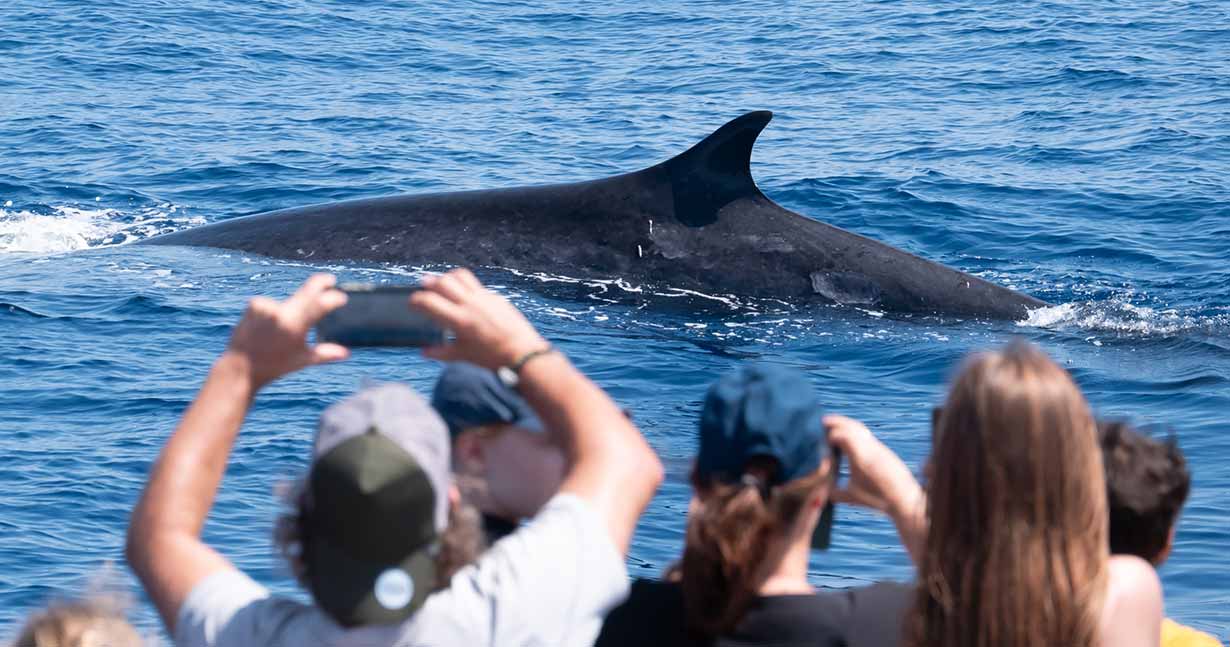 Photograph: Shutterstock
Photograph: Shutterstock



